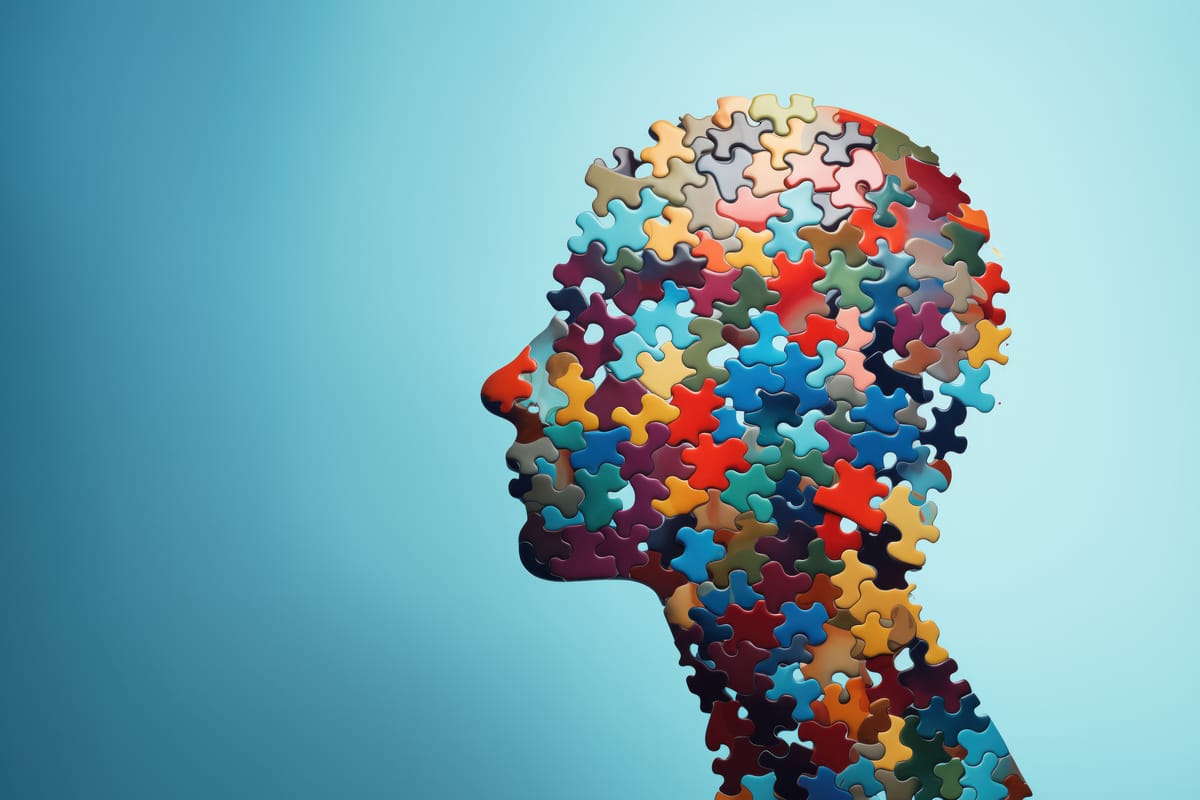Dyslexia: The Ancient Brain Difference That Predates the Written Word

The idea that dyslexia has been around longer than books and reading is a powerful reminder of the ancient roots of this neurological difference. Dyslexia isn't a modern issue that arose with the invention of reading; it’s a fundamental variation in how the brain processes language—a variation that’s been part of human history for as long as we’ve been communicating.
The Neuroscience Behind Dyslexia
Research shows that dyslexia is not about intelligence or effort. Studies using functional MRI scans reveal that people with dyslexia process language in different areas of the brain compared to neurotypical readers. A 2003 study published in Science showed that dyslexic individuals rely more heavily on the right hemisphere, which is often linked to creative problem-solving and spatial reasoning, while typical readers use the left hemisphere for processing phonemes (the sounds that make up words). This difference in brain activity explains why people with dyslexia often excel in areas such as design, engineering, and the arts—fields where visual thinking and creativity are paramount.
Dyslexia: More Than Just Reading
We tend to associate dyslexia primarily with reading and writing difficulties, but that’s just one part of the story. Research suggests that dyslexia affects up to 10% of the global population, with symptoms presenting in various ways beyond literacy challenges. Studies indicate that dyslexia is linked to challenges with working memory, sequencing, and phonological processing. However, before the written word was commonplace, these challenges manifested differently. In a world where oral communication was key, those with dyslexia might have found it harder to remember long sequences of spoken information or to follow intricate verbal instructions, but their strengths in areas like visual-spatial reasoning and out-of-the-box thinking would have been invaluable to their communities.
The Prehistoric Dyslexic
In a time long before reading and writing were part of human life, people with dyslexia likely faced different challenges. Research into the evolutionary aspect of dyslexia, such as work by Dr. Thomas G. West, author of In the Mind’s Eye, posits that individuals with dyslexia contributed significantly to society in areas where their unique brain wiring provided an advantage. Visual-spatial reasoning, creative problem-solving, and heightened awareness of their surroundings are all skills that would have been crucial in a prehistoric setting. In fact, a 2018 study published in the Proceedings of the National Academy of Sciences suggests that the neurodiverse brain may have been a key factor in early human innovation, as individuals with atypical cognitive processing were able to approach problems from entirely different angles.
The Written Word: A New Challenge
Fast forward to the emergence of written language. Dyslexia, which had existed long before, now presented a new hurdle. The transition to a written culture brought expectations around reading and writing—skills that are difficult for dyslexic brains to master. According to the Yale Center for Dyslexia & Creativity, dyslexia affects 20% of the population, with varying degrees of severity. For many, the struggle to decode text can lead to frustration and mislabelling as "lazy" or "unintelligent," but studies have consistently shown that this is not the case. Dyslexia is a neurobiological condition, not a reflection of ability.
Rethinking Dyslexia
So why does this matter? Understanding that dyslexia is far older than the written word helps us see it for what it truly is—not a flaw, but a natural variation in how the brain works. Dyslexia has always been part of human cognitive diversity, long before the first book was written. In fact, some of the world's most successful innovators, artists, and entrepreneurs—like Albert Einstein, Agatha Christie, and Richard Branson—have been dyslexic, using their unique strengths to make groundbreaking contributions to society.
A 2020 study in Frontiers in Psychology highlighted how people with dyslexia often excel in non-verbal reasoning tasks, visual memory, and creative thinking. These strengths are not just useful—they are critical to human progress. As Dr Maryanne Wolf, author of Proust and the Squid, notes, “dyslexic brains are often wired for creative problem-solving, empathy, and an ability to see connections that others might miss.” These strengths have been shaping our world for millennia, even if society has only recently begun to recognise them.
Valuing Dyslexia
Embracing this broader understanding of dyslexia means seeing it for what it truly is: not a deficit, but a powerful testament to the richness of human thought. Dyslexic brains aren’t broken—they bring strengths that have been vital throughout history and continue to be today. Creativity, problem-solving, and innovative thinking—these are the gifts that people with dyslexia offer to the world. It’s time to move beyond viewing dyslexia as a reading problem and start appreciating the incredible strengths that come with it. After all, those strengths have been shaping our world for thousands of years.
Author Bio:
Nicola Killops is a passionate advocate for neurodiversity with over 20 years of experience in education. A former teacher and mother of a gifted, twice-exceptional son, she brings both a personal and professional perspective to her writing. Nicola specialises in creating content that champions the strengths of neurodiverse individuals and challenges conventional approaches in education. Her work reflects a deep commitment to fostering understanding and inclusion for all learners.
#Dyslexia #Neurodiversity #Education #LearningDifferences #Inclusion #CognitiveDiversity #CreativeThinking #AncientBrains #UnderstandingDyslexia #StrengthInDiversity #InnovativeThinking


